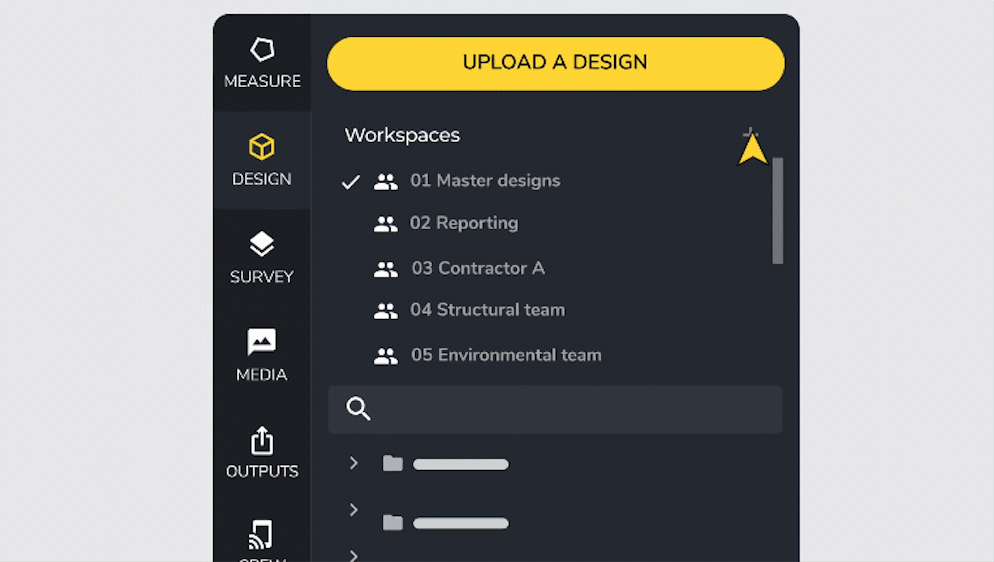According to the Independent Project Analysis Group, an average of 35% of all construction projects will incur a major change. Change orders are typical in construction, and they’re a source of disputes between contractors, owners, and designers, and a reason for cost overruns and project delays.
They can also make or break a business. One study indicated that change orders led to project cost overruns of 11-15% on average and delayed projects by as much as 20% beyond scheduled completion dates.
Even though change orders are commonplace, there’s a right way and a wrong way to manage them. With clear procedures in place and open communication around expectations, change orders are considerably less painful to manage.
Below are three tips to manage change orders successfully that can also save your business money.
#1: Clarify scope in the contract
Before you sign any project documents, review the specifications with all stakeholders involved. Ask questions about the project scope and gain a clear understanding of what’s included in the agreed price and what isn’t.
Any aspect of the project where expectations are unclear should be specifically discussed so questions don’t arise later about what’s expected.
The contract should clearly specify how change orders will be handled, including what approvals are needed to proceed. Disagreements over when a change order is necessary are common, so clarify any discrepancies or vague items well ahead of any disputes.
- Who receives change orders
- Submission timeframes
- Change order approval process and format
- Cost of work calculations for change orders
- Schedule changes and delays

#2: Communicate with stakeholders
Change orders are issued for a wide range of reasons. A client might change their mind about desired work, new site conditions might require additional effort, or the original design could contain errors.
No matter the reason for a change order, it’s critical to communicate clearly and frequently with the client and any affected subcontractors.
Explain to your client that work must be paused to accommodate changes and make sure any delays or schedule changes are made clear as early as possible. Account for all labor, material, and equipment in the change order, along with any associated cost and impact to the project schedule. You should also clarify whether the updated requirements will negatively impact work that’s already completed.
Wherever possible, use visual examples to help illustrate your points. Bringing clients onsite isn’t always possible (or safe), but drone mapping and other visuals provide an effective way to walk clients through the details of a change order with proof of work at your fingertips. Not only does visual evidence make change orders easier to understand; it also helps prevent disputes.

#3: Invest in tech
According to the World Economic Forum, full-scale digitization could lead to savings between $0.7-$1.2 trillion (13-21%) in the design, engineering, and construction phases of building projects within ten years.
Technology is one of the most effective tools on today’s worksites, and change order management is just one place where the right hardware and software can help. Construction Business Owner calls tech “one of the smartest investments a contractor can make,” and for good reason.
Using construction project management software and mapping tools like the Propeller Platform directs all stakeholders to central repositories of project data. Communication is clear and simple when it connects with fewer digital points of contact—compared to phone calls, emails, and piles of paperwork. This makes it easy to track change orders over time and keep everyone informed when project plans change.



